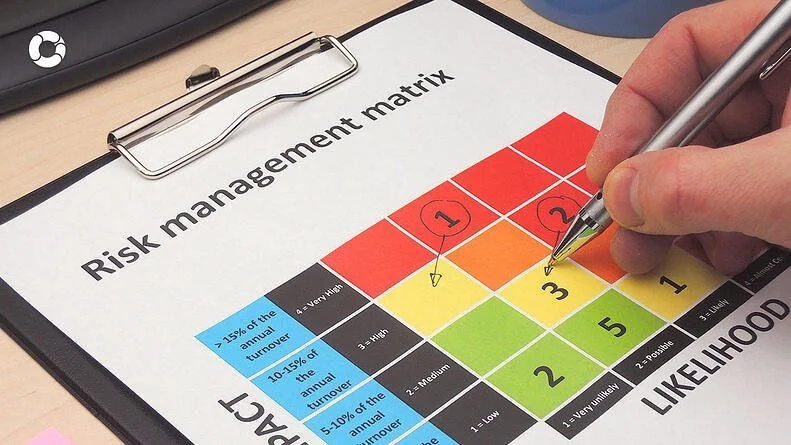The collapse of Silicon Valley Bank and its inadequate risk management
![]()
The recent collapse of Silicon Valley Bank, SVB, was mainly due to its lack of liquidity, meaning it ran out of available funds.
But behind this, there were other actions and decisions that the bank took at the time that contributed to its downfall on March 10th and to its being placed under the management of the Federal Deposit Insurance Corporation (FDIC), which means liquidating the company's assets to respond to depositors.
Below, we examine in detail what happened with SVB and how this also had to do with inadequate risk management, especially market risk.
What happened to Silicon Valley Bank?
The collapse of SVB occurred suddenly after the bank's management, led by CEO Gregory Becker, announced on March 8th that they were trying to raise $2.25 billion in capital to cover their losses.
This situation caused panic among the bank's customers, primarily known for offering services and loans to tech sector companies and startups, who rushed to the California headquarters to withdraw their capital.
According to various news outlets, by the end of March 9th, customers had withdrawn up to $40 billion, and the bank's shares had dropped by 60%. All of this led to SVB being closed on March 10th and placed in the hands of the Federal Deposit Insurance Corporation (FDIC), an independent federal agency created to ensure and recover depositors' capital when a bank fails.
In addition, the US Department of the Treasury took measures to ensure that all depositors could recover their money, including those who were not insured. This reimbursement will be financed by the Deposit Insurance Fund, which is funded by quarterly payments from banks and interest on government bonds.
What actions contributed to the bankruptcy of Silicon Valley Bank?
Beyond the bank run, which undoubtedly accelerated the collapse of Silicon Valley Bank, it is important to understand the context before this situation, where SVB made decisions that over time, and amid the current macroeconomic context, harmed its equity.
Firstly, it is important to note that between late 2019 and March 2022, deposits made by clients, mostly technology companies, went from US $62 billion to US $198 billion. With this, SVB had more savings than loan portfolios.
Therefore, like many other banks, it decided to invest billions of dollars in US Treasury bonds, fixed-income assets that are considered safe.
However, due to the current macroeconomic context, affected by situations such as the pandemic backlog and the war between Russia and Ukraine, the Federal Reserve of the United States raised interest rates to combat inflation.
This rise in interest rates caused many of the bank's clients to withdraw their deposits to finance themselves. The problem was that SVB had them invested in fixed-rate bonds. As explained by Pablo Camacho, an expert in comprehensive risk management, "the increase in interest rates reduces the value of bonds, causing significant accounting losses."
And this is what happened to Silicon Valley Bank; its investment in state bonds lost value. And as it did not have sufficient liquidity, SVB sought to sell its portfolio bonds at a loss to respond to its clients. This loss materialized in US $1.8 billion.
![]()
What does the collapse of SVB leave in terms of risk management?
Although it is too early to know all the details that led to the collapse of Silicon Valley Bank, Pablo Camacho, an expert in risk management, believes that what happened has a lot to do with inadequate and inefficient market risk management: SVB did not manage this risk promptly and this triggered the liquidity risk. Additionally, he says that "it is most likely that the contingency liquidity plan, which they should have, was not activated."
Adequate management of these risks (market and liquidity) has to do with taking measures and controls such as reviewing the investment portfolio and valuing its price in the market, not concentrating assets in fixed income and very long-term maturities, having liquid and easily realizable assets, having a good balance in the portfolio as well as a hedging strategy to cope with rising interest rates.
This recent case of the bank for tech startups, as SVB was also known, once again demonstrates the importance for all organizations, regardless of the economic sector, to manage their financial and non-financial risks properly and promptly, not just when things start to go wrong, but before to prevent or mitigate situations that can impact liquidity, reputation, and of course, business continuity.
You May Also Like
These Related Stories

How to make an internal audit plan?

Pirani as "Momentum Leader" according to G2 Grid

3 tips to identify risks

How to identify unusual or suspicious transactions

GRC Simplified: A Strategic Approach



No Comments Yet
Let us know what you think